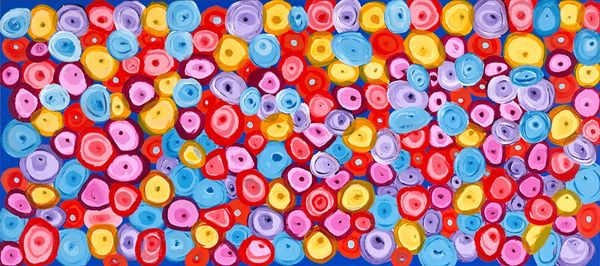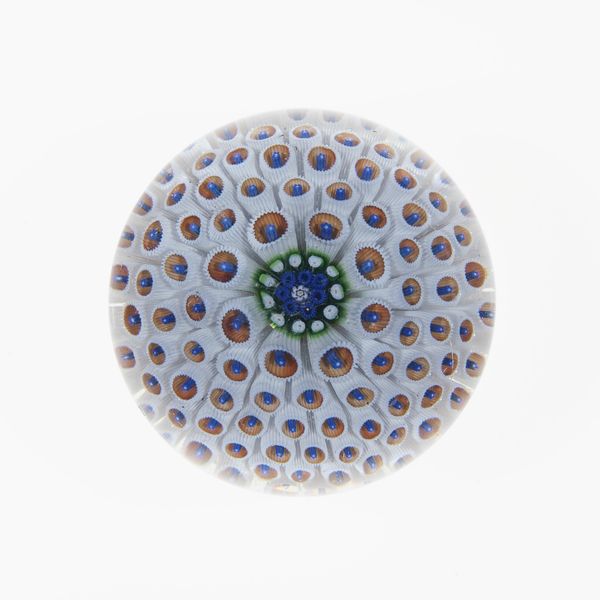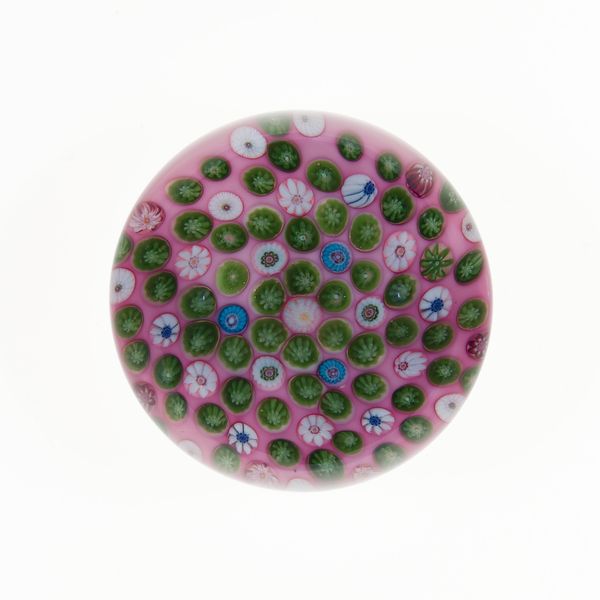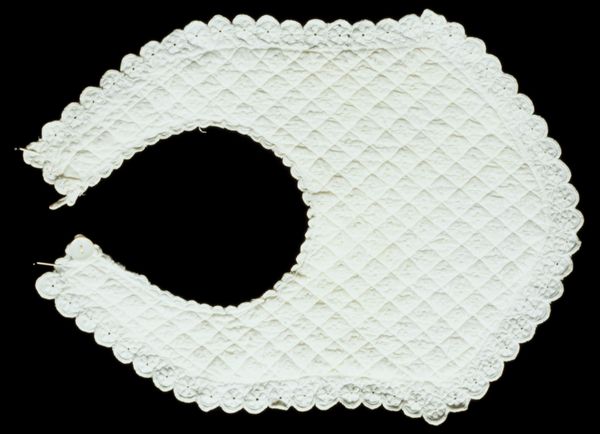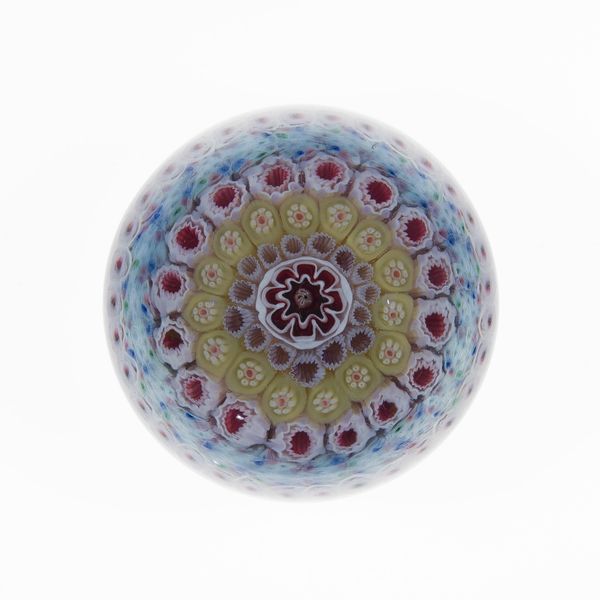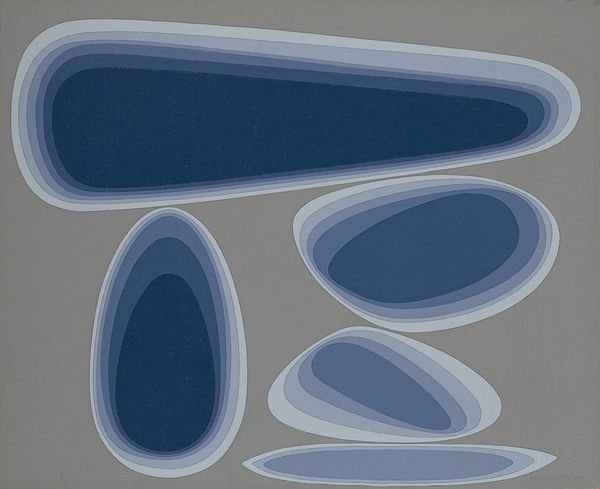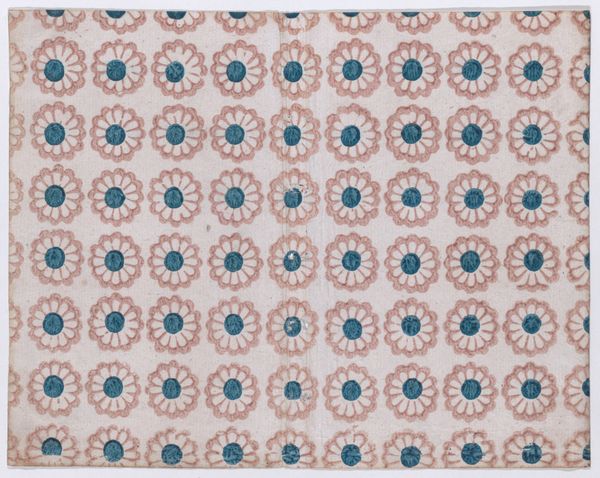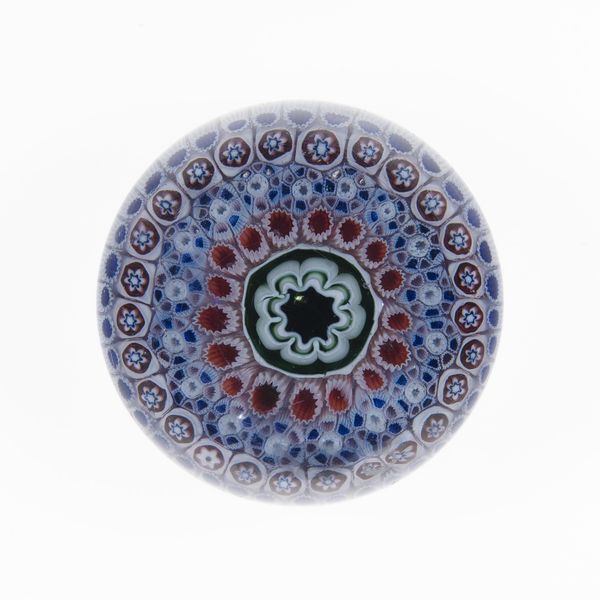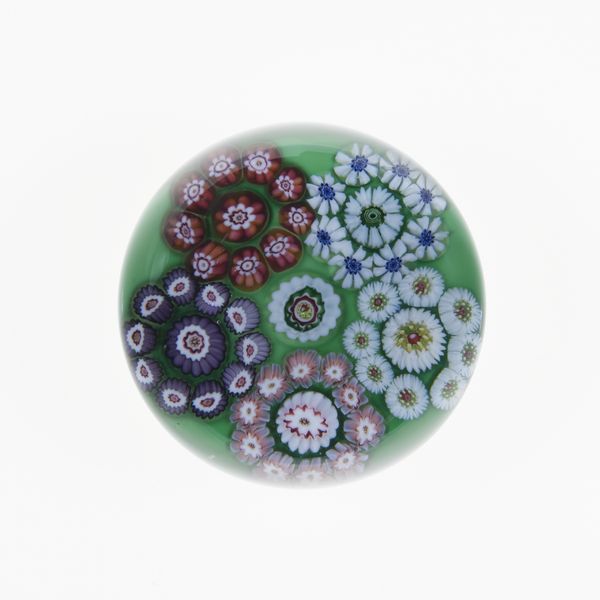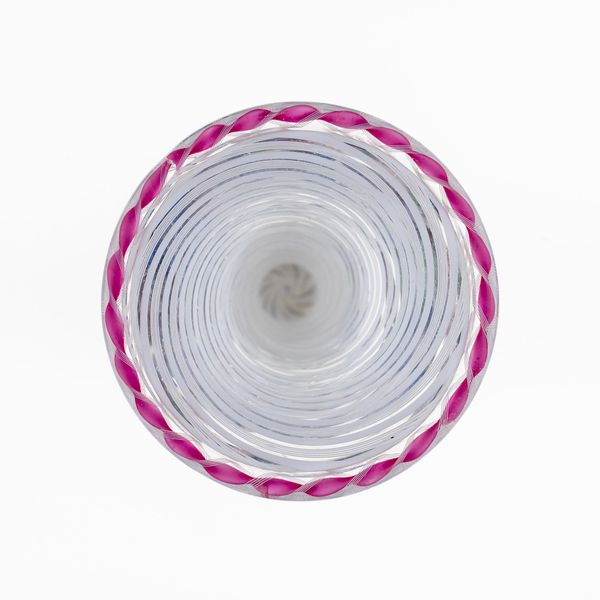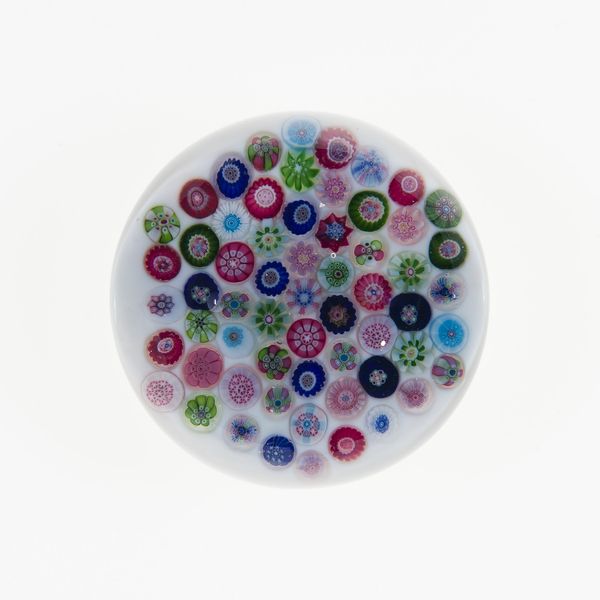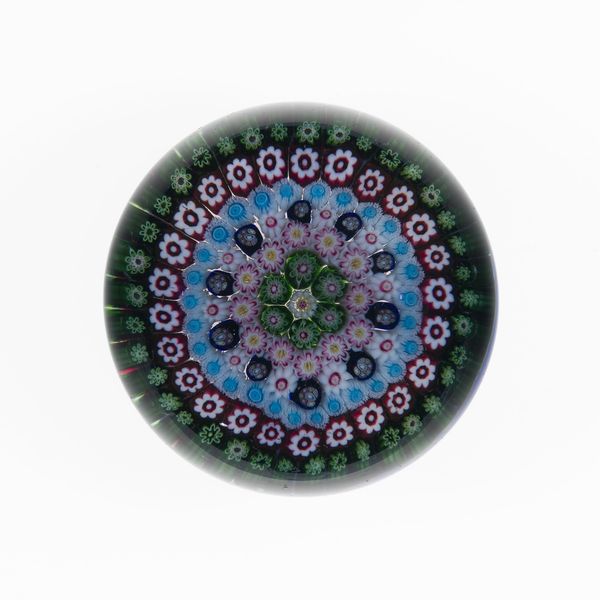
acrylic-paint
#
contemporary
#
acrylic-paint
#
organic pattern
#
repetition of pattern
#
abstraction
#
pattern repetition
Copyright: Sally Gabori,Fair Use
Editor: Here we have Sally Gabori’s “The Ngarrawurda (Bluefish),” painted in 2005 using acrylic. The repetitive circular forms in varying blues create a calming, almost hypnotic effect. What strikes you most about this work? Curator: What immediately draws my attention is the layering of identity here. Gabori, an Indigenous artist, paints the “Bluefish,” an animal significant to her culture and likely a staple food, but presents it in an almost abstract, contemporary style. This challenges our understanding of indigeneity within art. How does the painting make you consider the interplay between traditional knowledge and modern expression? Editor: I guess I hadn't thought about the modern aspect clashing with the traditional at all. The simple forms feel, I don't know, primitive? Curator: Exactly! But consider this further: Gabori began painting late in life, and her unique visual language bypasses formal Western artistic training, which disrupts expectations. This can also be understood as resistance against colonial narratives. Do you think the repeated circles could represent both the abundance and the interconnectedness within her community? Editor: Definitely, especially since she painted memories of her homeland. I now see that her individual story reflects broader struggles related to land, identity, and representation. Curator: Precisely. Considering those points together elevates this from a simple visual representation into a poignant declaration of cultural resilience. It prompts vital questions concerning who gets to define "tradition" and what constitutes "contemporary" in the art world. Editor: Thank you! I’ll remember that when viewing other indigenous art. Curator: And I’ll think twice before labeling something ‘primitive’ so quickly!
Comments
No comments
Be the first to comment and join the conversation on the ultimate creative platform.
